
If you follow me on Instagram (@montemathews) you know that I have been in Scandinavia all last week. I boarded Viking Star in Germany and sailed to Denmark and Norway. As soon as I can cook them, I’ll be sharing some wonderful discoveries on my Viking Ocean itinerary both on board ship and ashore. And I can’t say enough good things about this entire trip.
While Travel and writing about it is my great pleasure in life, as with all travelers, it’s nice to come home. Especially when Andrew is at the end of that particular rainbow. He’s subsisted on a great deal of Quiche Lorraine in my absence. That, and when I asked him what he wanted for my first dinner home, he said “anything but chicken”. I was happy to oblige and instead went for ‘the other white meat’, an incredibly durable Advertising tagline for Pork that hasn’t been used since 1997. Today’s recipe was a triumph last time I tasted it. And of course it would be. Its author is the incredible Jacques Pepin and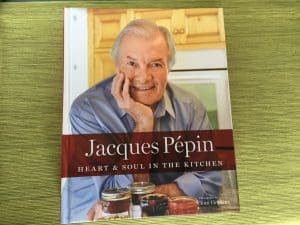 it came for his 11th cookbook: “Jacques Pepin: Heart and Soul in the Kitchen” (Houghton Mifflen Harcourt 2015). Even as a long time fan of Jacques Pépin and owner of at least ten cookbooks that the chef has already written, I can say this is one of my all-time favorite cookbooks. The reason is simple and can be found in the title. M. Pepin has gone back to his roots and his memories and infused every page with his philosophy on life and of food. And oh what food! Simple, direct, delicious. Before I get to the recipe, let me tell you a little about the Chef.
it came for his 11th cookbook: “Jacques Pepin: Heart and Soul in the Kitchen” (Houghton Mifflen Harcourt 2015). Even as a long time fan of Jacques Pépin and owner of at least ten cookbooks that the chef has already written, I can say this is one of my all-time favorite cookbooks. The reason is simple and can be found in the title. M. Pepin has gone back to his roots and his memories and infused every page with his philosophy on life and of food. And oh what food! Simple, direct, delicious. Before I get to the recipe, let me tell you a little about the Chef.
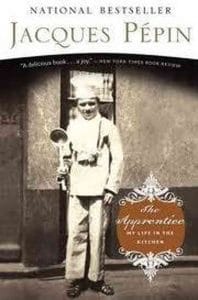 Jacques Pepin was born in Bourg-en-Bresse, a town near Lyon, in 1935. His mother, Jeannette, and father, Jean-Victor owned a restauratn called “Le Pelican”. Pepin basically grew up in its kitchen. He went off to Paris where he ‘staged’ at the Plaza Athénée Hotel under famed Chef, Lucien Diat. Diat also came from a cooking family. His brother, Louis, is credited with inventing Vichyssoise. Pepin truly distinguished himself during his compulsory military service, not as a soldier, but as Head Chef for three French Heads of State including Charles DeGaulle himself. In 1959, Pépin left France bound for New York’s Le Pavilion. The restaurant is credited with having brought French food to the United States. It had started life as “Le Restaurant du Pavilion de France” at the 1939 New York World’s Fair. A mercurial Frenchman, Henri Soule, ran it and its kitchen was the domain of Pierre Franey. Pépin and Franey formed a friendship and often partnership that only ended with Franey’s death in 1996.
Jacques Pepin was born in Bourg-en-Bresse, a town near Lyon, in 1935. His mother, Jeannette, and father, Jean-Victor owned a restauratn called “Le Pelican”. Pepin basically grew up in its kitchen. He went off to Paris where he ‘staged’ at the Plaza Athénée Hotel under famed Chef, Lucien Diat. Diat also came from a cooking family. His brother, Louis, is credited with inventing Vichyssoise. Pepin truly distinguished himself during his compulsory military service, not as a soldier, but as Head Chef for three French Heads of State including Charles DeGaulle himself. In 1959, Pépin left France bound for New York’s Le Pavilion. The restaurant is credited with having brought French food to the United States. It had started life as “Le Restaurant du Pavilion de France” at the 1939 New York World’s Fair. A mercurial Frenchman, Henri Soule, ran it and its kitchen was the domain of Pierre Franey. Pépin and Franey formed a friendship and often partnership that only ended with Franey’s death in 1996.
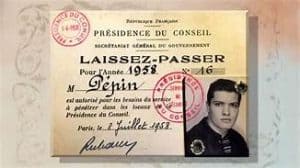 poorly treated the staff were. Soulé was famous for crying poverty while simultaneously offering free meals and wines to any number of celebrities. Pépin, like any good Frenchman, joined in a grève (or strike) at which Mafiosi physically threatened him. Escape came via a Le Pavilion patron named Howard Johnson. He hired both Franey and Pépin to enhance the menu at his chain of restaurants. M. Pepin managed to keep his job and get a B.A. Columbia University in 1970. He followed that up with a master’s degree in French literature from Columbia in 1972.
poorly treated the staff were. Soulé was famous for crying poverty while simultaneously offering free meals and wines to any number of celebrities. Pépin, like any good Frenchman, joined in a grève (or strike) at which Mafiosi physically threatened him. Escape came via a Le Pavilion patron named Howard Johnson. He hired both Franey and Pépin to enhance the menu at his chain of restaurants. M. Pepin managed to keep his job and get a B.A. Columbia University in 1970. He followed that up with a master’s degree in French literature from Columbia in 1972.  These are the recipes that the chef prepares for his wife of 52 years, Gloria, his daughter Claudine and her husband Rollie, also both chefs, and their daughter, Shorey. These are the dishes, many of which came from his mother, that make it easy to put French food on your family table. The recipes are in the style of “a la Bonne Femme”, the translation of which is ‘in the manner of a good housewife’. But like all great chefs, Pepin can hardly leave well enough along. He experiments, improvises and he encourages his readers to do the same. In this case, I would follow the recipe to a T. After this recipe, you’ll find links to some other of my favorite Pepin’s. Included is a sensational “Poulet a la Crème” which I hope to make when Andrew starts craving chicken again. Here is the recipe:
These are the recipes that the chef prepares for his wife of 52 years, Gloria, his daughter Claudine and her husband Rollie, also both chefs, and their daughter, Shorey. These are the dishes, many of which came from his mother, that make it easy to put French food on your family table. The recipes are in the style of “a la Bonne Femme”, the translation of which is ‘in the manner of a good housewife’. But like all great chefs, Pepin can hardly leave well enough along. He experiments, improvises and he encourages his readers to do the same. In this case, I would follow the recipe to a T. After this recipe, you’ll find links to some other of my favorite Pepin’s. Included is a sensational “Poulet a la Crème” which I hope to make when Andrew starts craving chicken again. Here is the recipe:
A simple pork chop takes on great character when stuffed with Spinach and Gruyère Cheese then topped with a tomato and wine sauce.Jacques Pepin's Spinach Stuffed Pork Chops
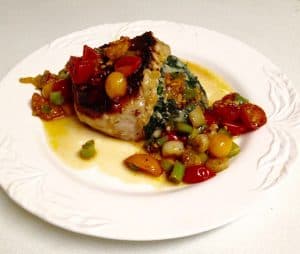
Ingredients
Directions
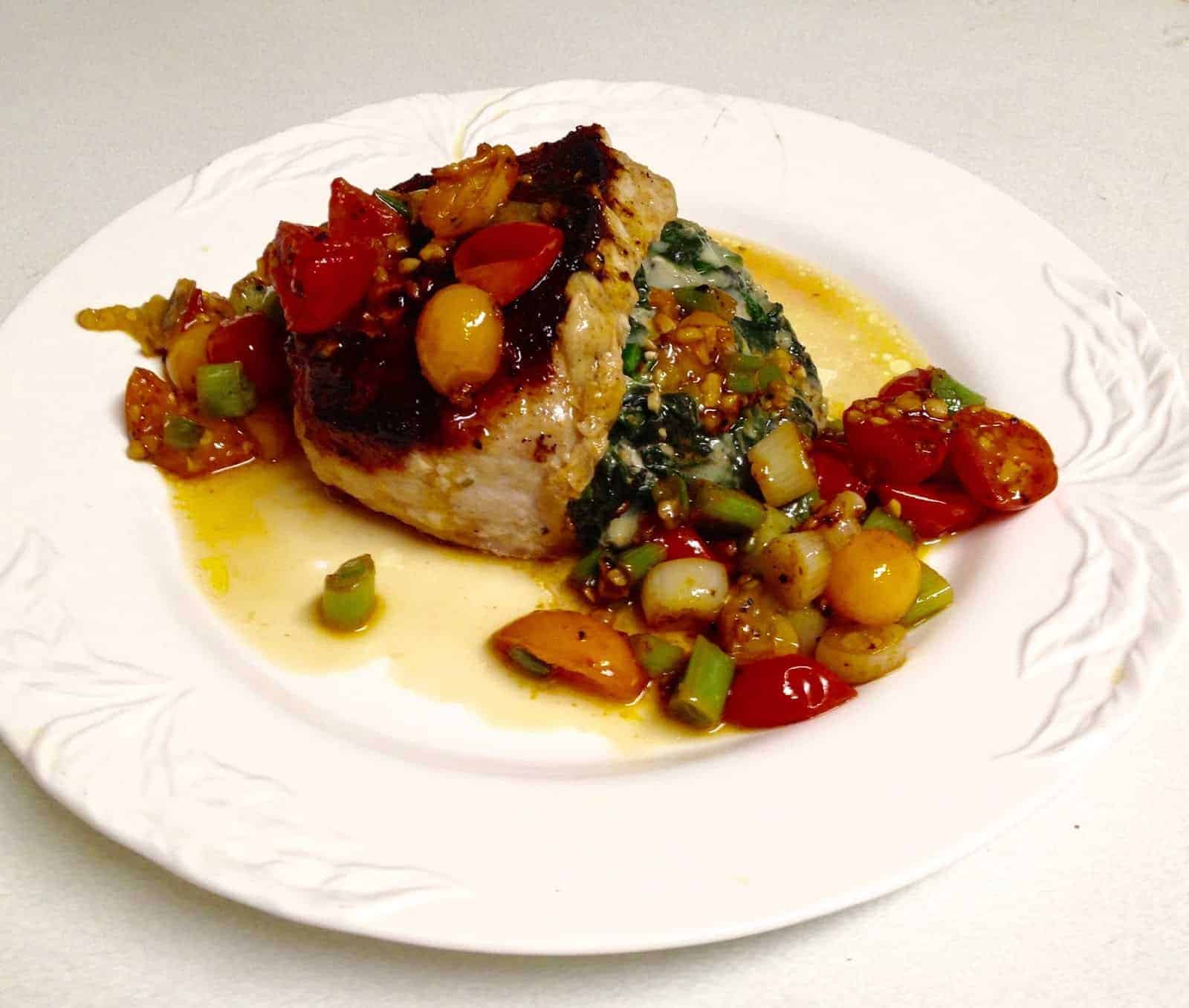
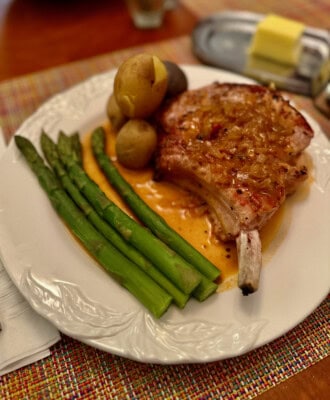
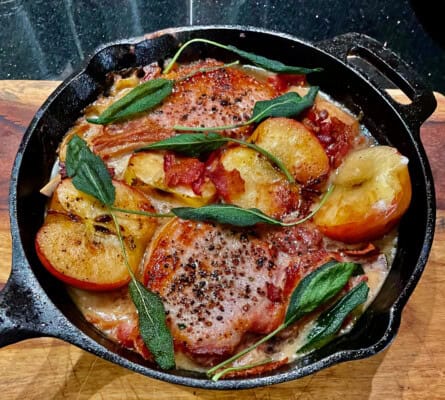
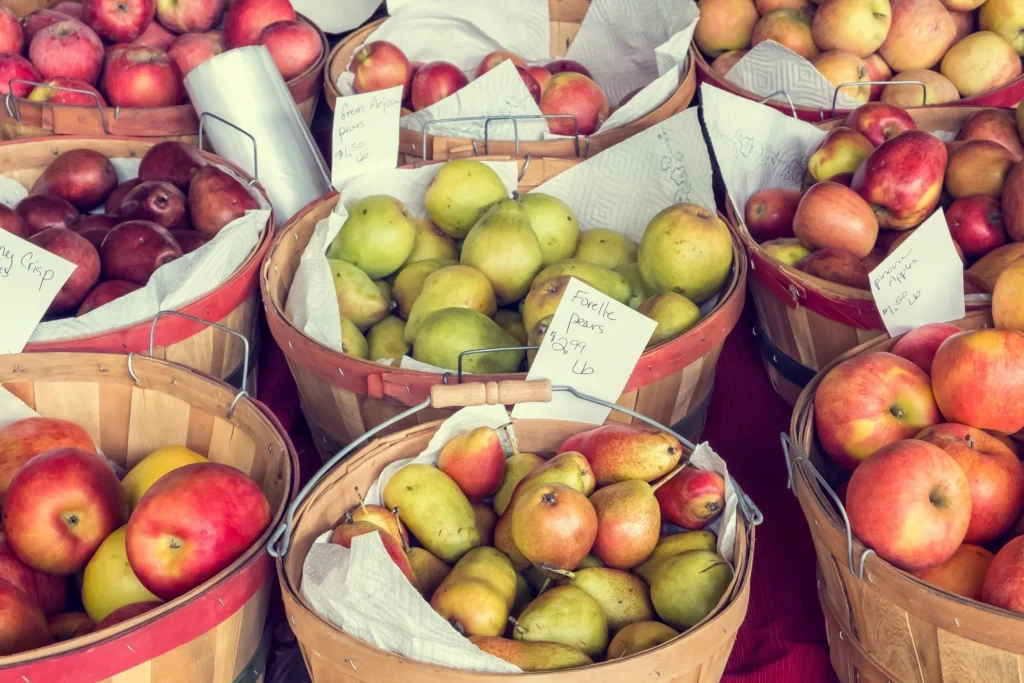
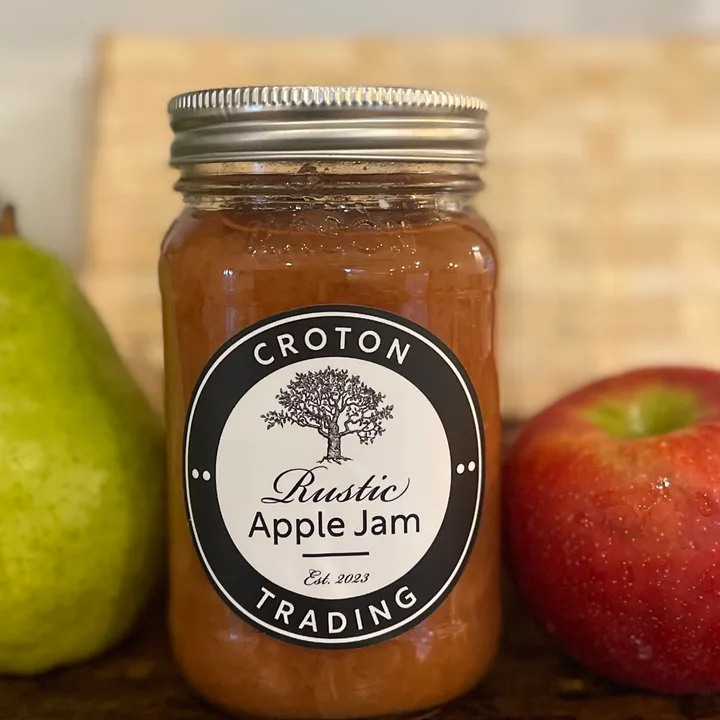
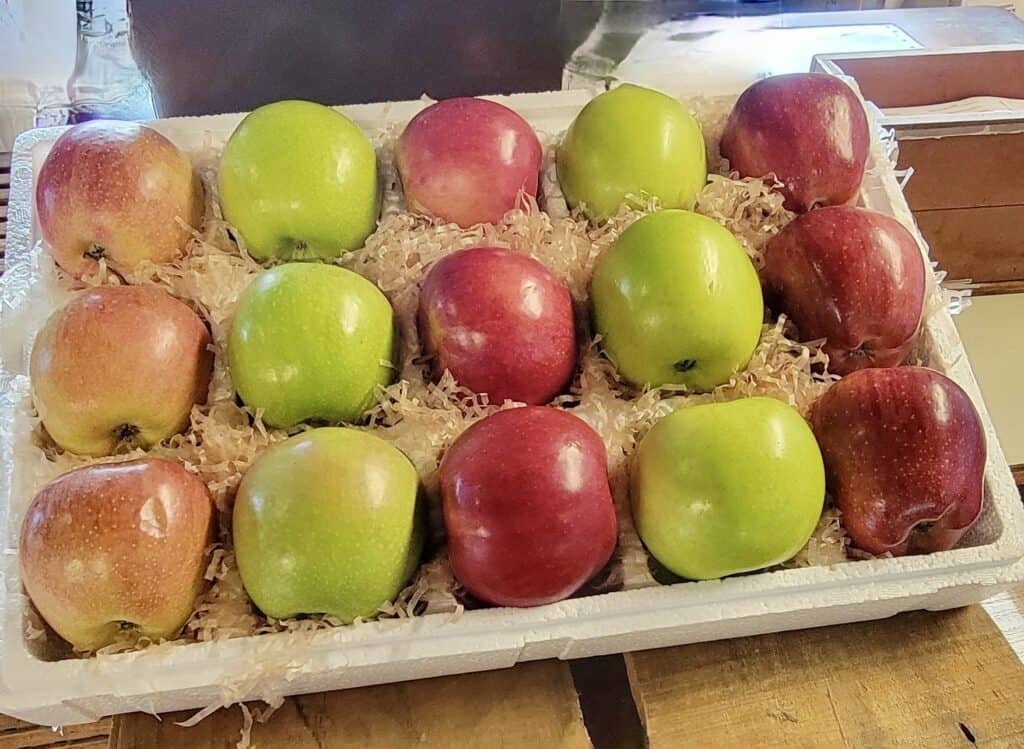
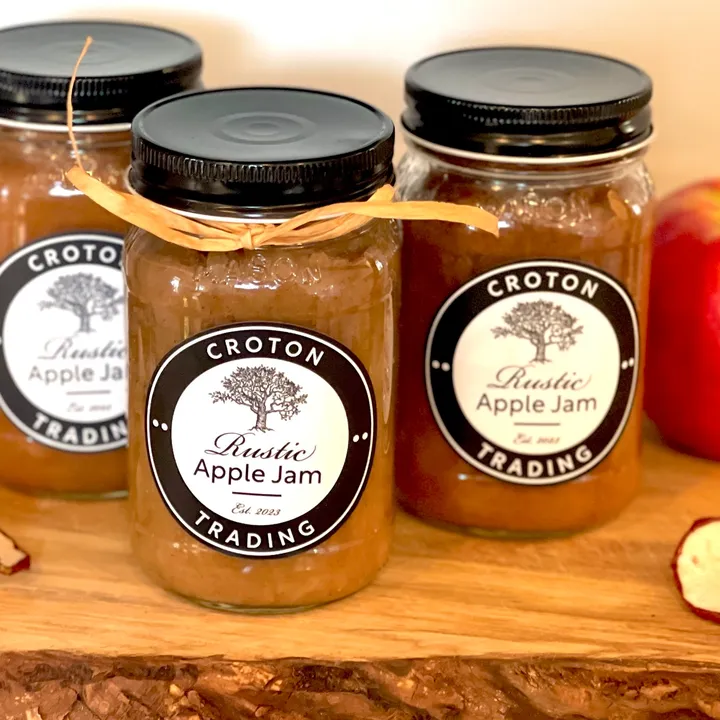
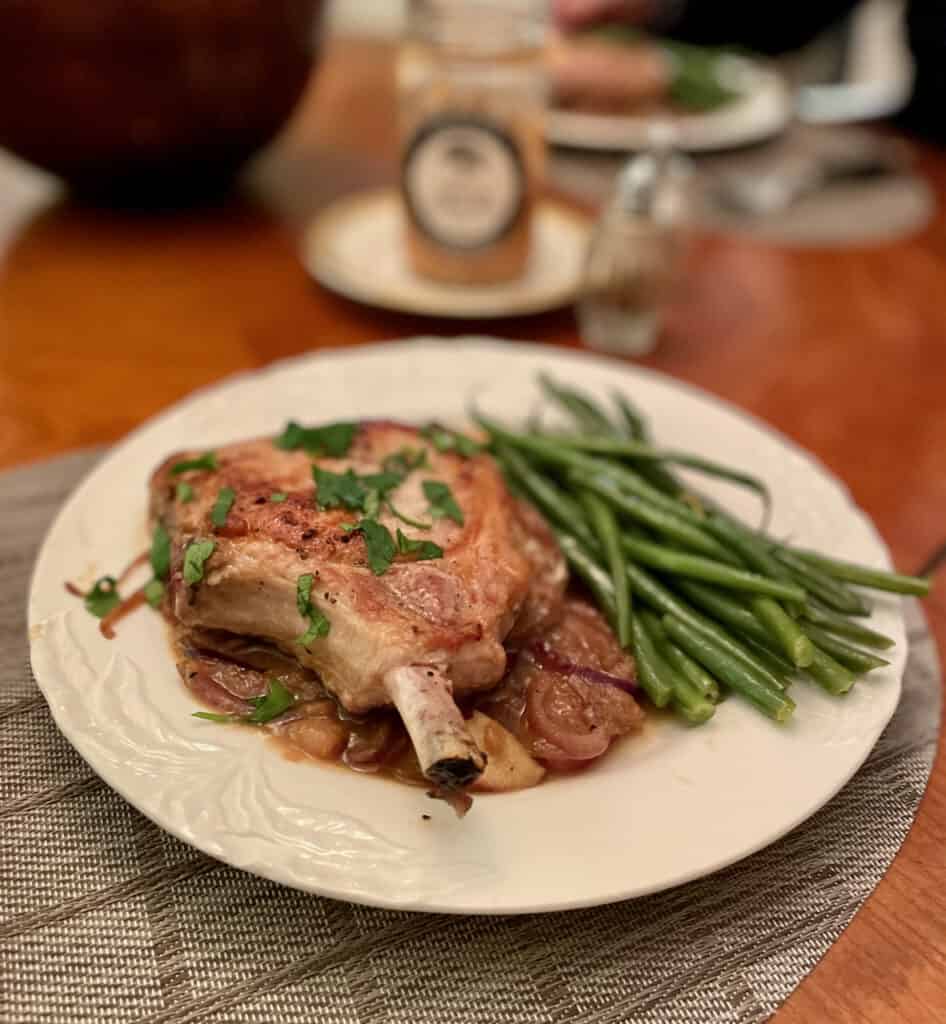






Your writing and recipes are the very best. I love reading your columns and trying out new dishes. So glad you are doing this.
How very thoughtful of you to write Marilyn! It is much appreciated and even more so knowing you are getting something out of it! XOXO Monte
Heart & Soul is my #1 “go to” cookbook with ATK ‘s Cooking for two close behind. As you indicate, recipes are easy to prepare and express wonderful flavors. I met Chef at the Denver airport and we shared a glass of wine while both of us waited for a connecting flight. I did my best to not be a star gazer and asked him technical questions about cooking techniques. This was well before the internet in the 80’s when we met and he was glad to share his thoughts and I wrote down notes that have helped me over the years. Jeri’s personal favorite is the Chicken Chimichurri on page 200. Quick and easy and a wonderful summer dish served with a crisp Savignon Blanc.
Marshall, thank you so much for sharing this wonderful memory. I shall definitely try the Chicken Chimichurri. I find that food people like Pepin are a very giving lot and your encounter backs that theory up. Thanks again for writing.